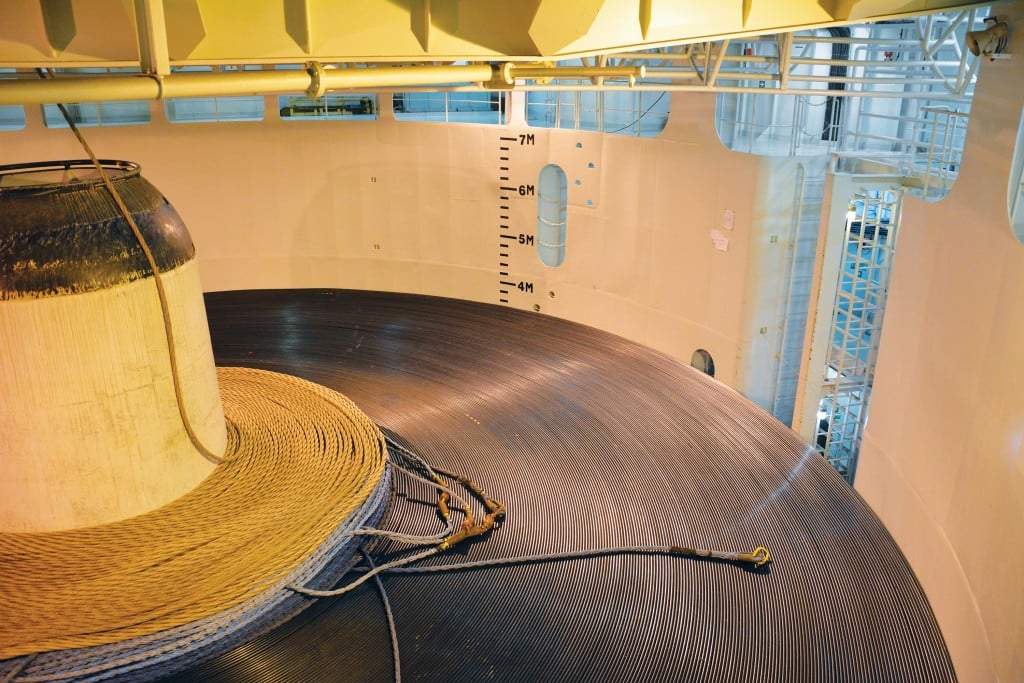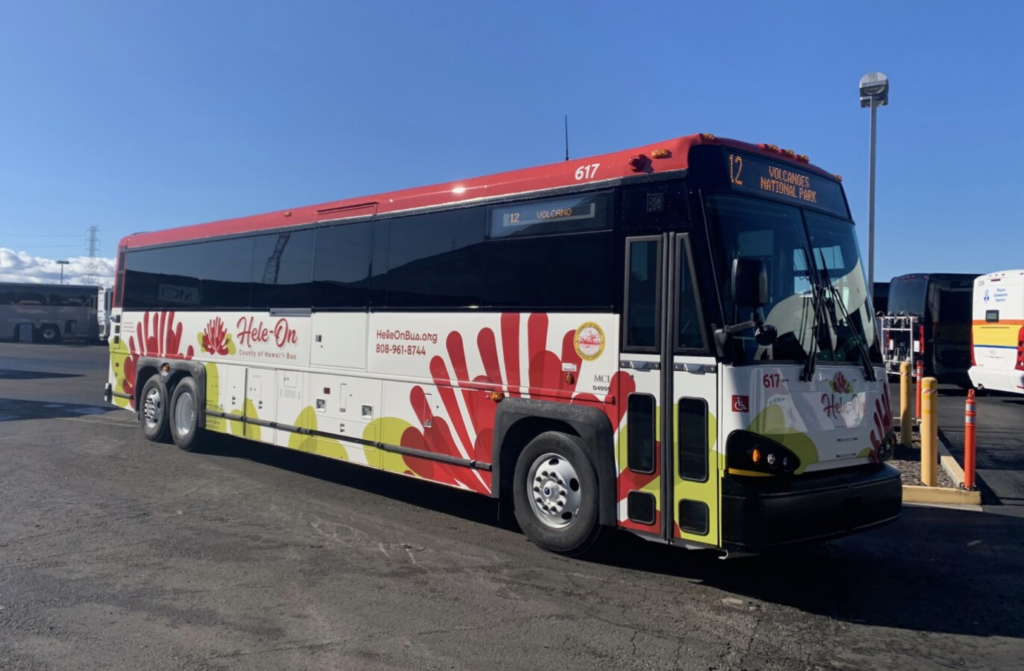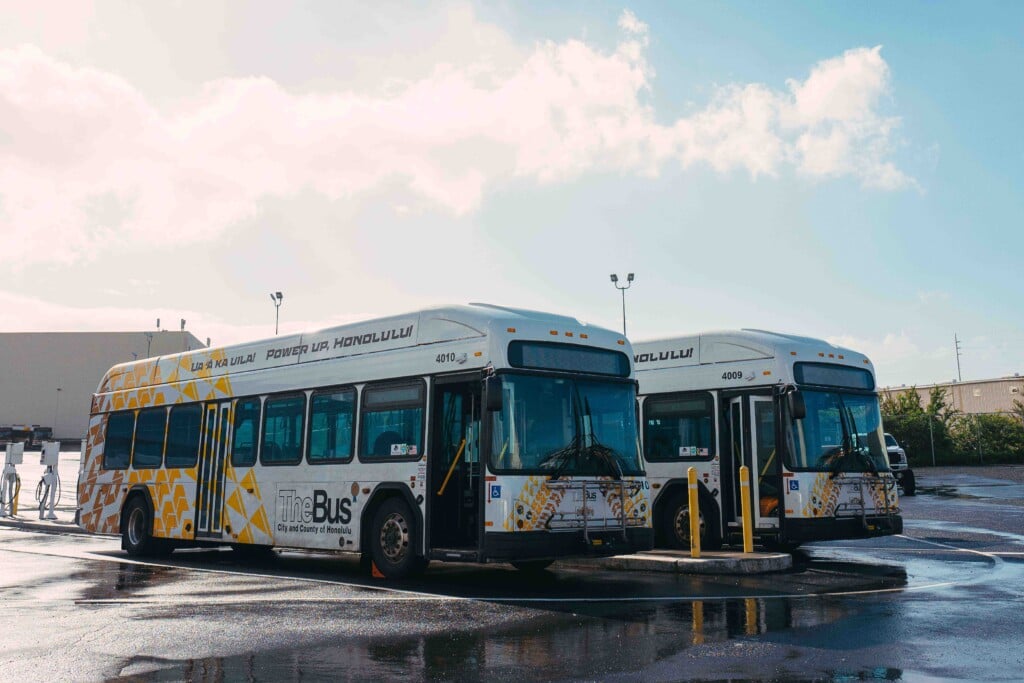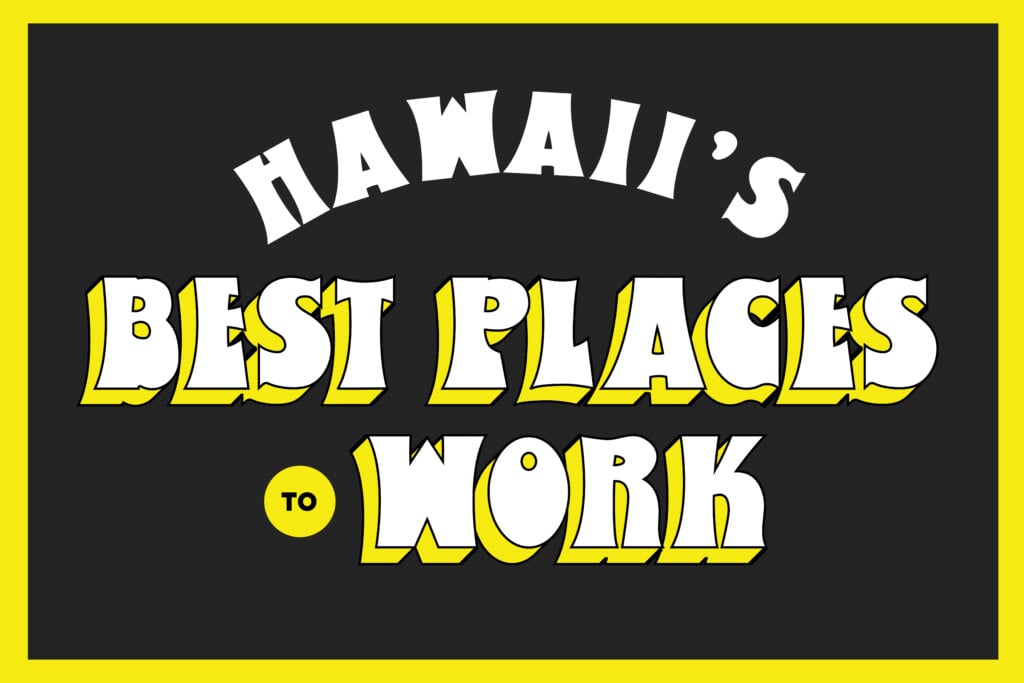Hawaiian Telecom Bringing More Bandwith To The Islands

“When we log onto our computers to check email, buy something from Amazon or watch a movie on Netflix, it seems almost magical. We don’t see the inner workings that make this happen. What enables all of these things we take for granted are transpacific cables,” says Su Shin, executive director of corporate communications at Hawaiian Telcom.
In late March, construction began on a new underwater telecommunications cable linking Southeast Asia and the continental U.S. As part of the SEA-US global consortium financing the cable, Hawaiian Telcom says it has ensured that new fiber optic cables connecting California, Indonesia, the Philippines and Guam, will also pass through Hawaii.
Hawaii used to be a necessary stop for transpacific telecommunications, but technological advances in long submarine cables have made it possible to connect the mainland directly to Asia and bypass the Islands. Meanwhile, broadband use in Hawaii is growing and a report by UH and Johns Hopkins University says Hawaii’s current cables will start reaching the ends of their lives in about a decade. Hawaiian Telcom paid a hefty price – $25 million – to join the SEA-US consortium, but could not let this opportunity slip by, says president and CEO Eric Yeaman. “Our board was very supportive, not only to increase capacity for our own business, but from the perspective of what would be good for all of Hawaii,” he says.
The new cable system, scheduled to be completed at the end of2016, will provide an initial 20 terabit-per-second capacity for the entire system, including Hawaii. “With 20 tbps, one can download the entire printed library of the U.S. Library of Congress in half of a second, or approximately 4,000 DVDs in one second,” says Shin.
SEA-US is being engineered to take advantage of future technological advances, so initial capacity will increase. Capacity could quadruple in the next two to three years and possibly increase tenfold within six years, Hawaiian Telcom says.
The state government and local businesses emphasize that improved broadband will allow Hawaii’s people to do more than just watch “House of Cards” without an annoying wait as the video buffers.
“More and more applications of everyday life are being powered through technology with smart devices in the homes,” Yeaman says. “People will be able to use their mobile phones to turn on the oven on their way home or turn off their air conditioning to save energy. Without the connectivity these cables bring, we couldn’t participate in such innovations.”
Broadband connections support the increasingly global nature of Hawaii’s businesses, says Ji Sook “Lisa” Kim, an administrator in the Cable Television Division of the state Department of Commerce and Consumer Affairs. “The Internet allows employees and businesses to communicate through various means, such as Skype and videoconferencing, which let people work for companies located on the mainland or even international companies, while living in Hawaii.
This enhances business opportunities and commerce in the state,” she says.
Luis P. Salaveria, director of the state Department of Business, Economic Development & Tourism, says faster broadband supports Hawaii’s efforts to become “Startup Paradise.”
“Our small but growing entrepreneurial community relies on broadband,” he says.
“FAST, UBIQUITOUS BROADBAND BRINGS THE STATE TOGETHER. IT RAISES ALL THE BOATS OF OUR ECONOMY.”
— JAY FIDELL
PRESIDENT, THINKTECH HAWAII
“One of the things we proposed was a pilot program to connect all our innovation hubs in the state with high-speed Internet. It diversifies our economic base, and isn’t centric to one particular geographic location. You could be on the Big Island, working with digital media, and collaborating with someone on the West Coast or on Oahu.”
Education is another area that will benefit from better broadband, in everything from e-learning to accessing cutting-edge data, says UH president David Lassner, who was chair of the Hawaii Broadband Task Force, which produced a report to the governor and Legislature in 2008.
“The university has a voracious appetite for high-speed connectivity to support applications in education and research. These include sharing of scientific data from Hawaii, accessing data from other sources, supporting advanced collaborations with researchers and educators around the world, and distance learning. Our goal is to ensure that UH maintains our position with world-class connectivity, not just for UH-Manoa, but for all our campuses on all islands,” Lassner says.
National security is at stake as well, given Hawaii’s strategic location. The Global Information Grid, which connects Department of Defense personnel across the globe, relies heavily on commercial bandwidth. Even a few seconds delay due to insufficient bandwidth can make a difference.
Jay Fidell, president of ThinkTech Hawaii, says Hawaiian Telcom’s investment in the new cable signifies a commitment to everyone. “If I’m a kid in a small town on the Big Island and I have broadband, it means I can have the same opportunities as a kid in Honolulu,” he says. “Fast, ubiquitous broadband brings the state together. It raises all the boats of our economy.”






